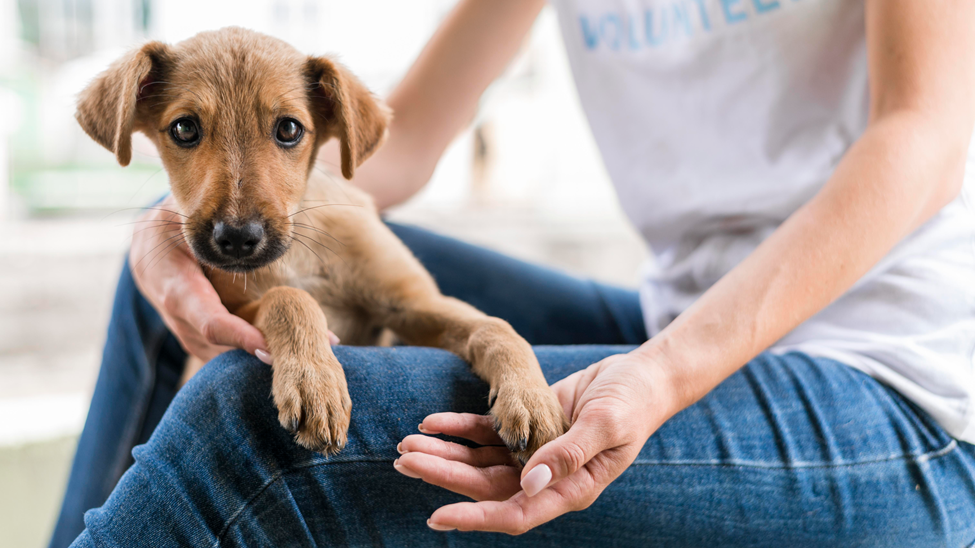
If you are on this blog, chances are you are contemplating adopting a new dog, and guess what. You have landed on just the right page.
Welcoming a new pet dog into your home can be a very rewarding experience. But, it also comes with a set of responsibilities. Adopting a dog is a life-changing decision. This requires careful planning and preparation to ensure the new family member feels at home.
Today at Rexipets, we're going to talk about the adoption checklist. We'll also cover the basics of what it is like to adopt dogs in different age groups.
So, grab a notebook, sit back, and let us walk you through the world of dog adoption.
Adoption of Dogs of Different Ages
Regardless of age, adopting a dog means embracing a loyal friend who can enrich your life, and understanding their individual needs ensures a beautiful bond for years to come.
Let's look at the basic plan of action of adopting a dog with respect to age.
-
Puppies
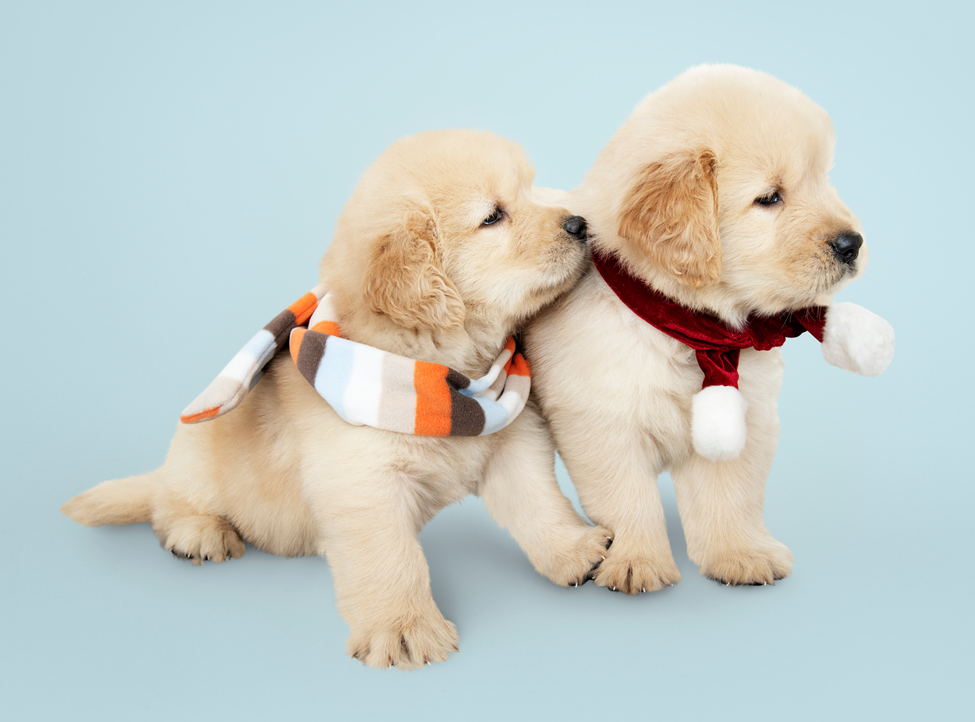
As pet parents, letting your young dogs roam around the house freely is not ideal. It's a good idea to start them off in a small, safe area that you control.
You can make this area using a baby gate, pens, crates, or other things that keep them in one spot.
Puppies like to chew on stuff, and some things can be expensive to replace or even dangerous for them. So, moving things like cleaning supplies, food, and medicine to places the puppy can't reach is important. Also, make sure to hide electrical cords under carpets to avoid any accidents.
Let your new puppy be on their own only in their small space, with some Dog Toys, until they're about 12-16 weeks old. That's when you can see if they know what toys to play with and what not to chew. Slowly, you can give them access to more space, like an extra room.
If your puppy behaves well in the bigger space, you can give them even more space. Keep doing this until they have earned their access to your whole house.
-
Adult dogs
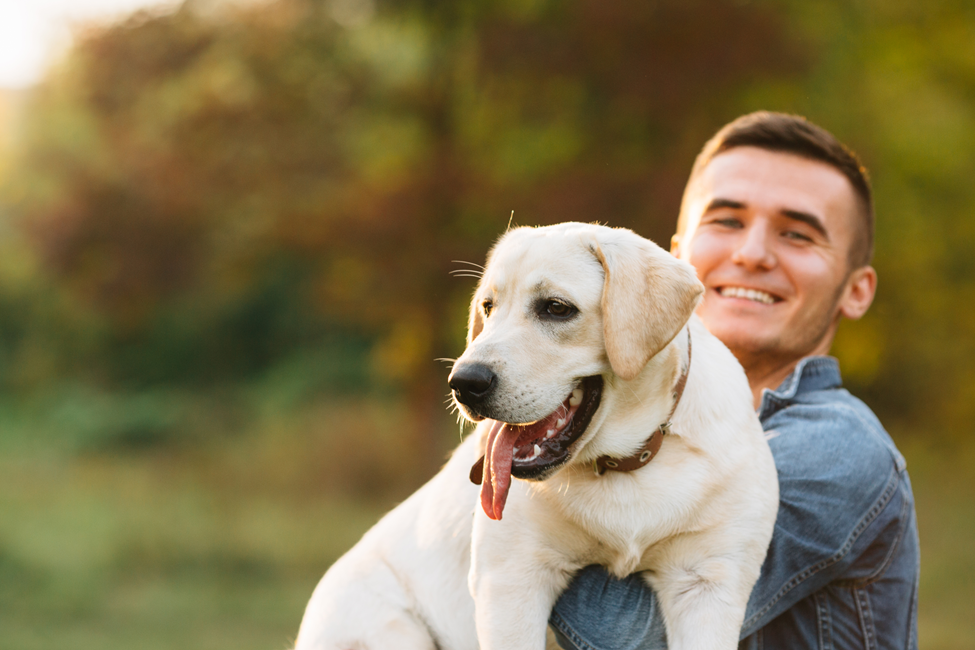
Moving into a new home can be stressful for your newly adopted adult dog. Even if their previous living situation wasn't great, and they were rescued from it, it was familiar to them. The feeling of unfamiliarity might make most dogs act out. Adjusting to a new place takes time for these dogs.
Since you can't predict how a dog will react to a new environment initially, it's a good idea to assume that adult dogs may not be house-trained and might chew on things. Treating your new adult dog like a puppy, in the beginning, should be the game plan.
Start by giving them a small, controlled space, as we recommended with puppies. If they prove to be reliable, you can expand their space more quickly. If they make mistakes, don't be angry. Adjust their access accordingly.
Safety rules for adult dogs are similar to those for puppies. You can't be entirely sure of what they've learned in their previous homes, so it's essential to be cautious.
Adult dogs are not used to crates. And they might act out. Try offering them dog chew toys or a toy that is filled with peanut butter when you need to step away. Most older dogs adapt well to new house rules when they are introduced consistently and with kindness.
-
Senior dogs
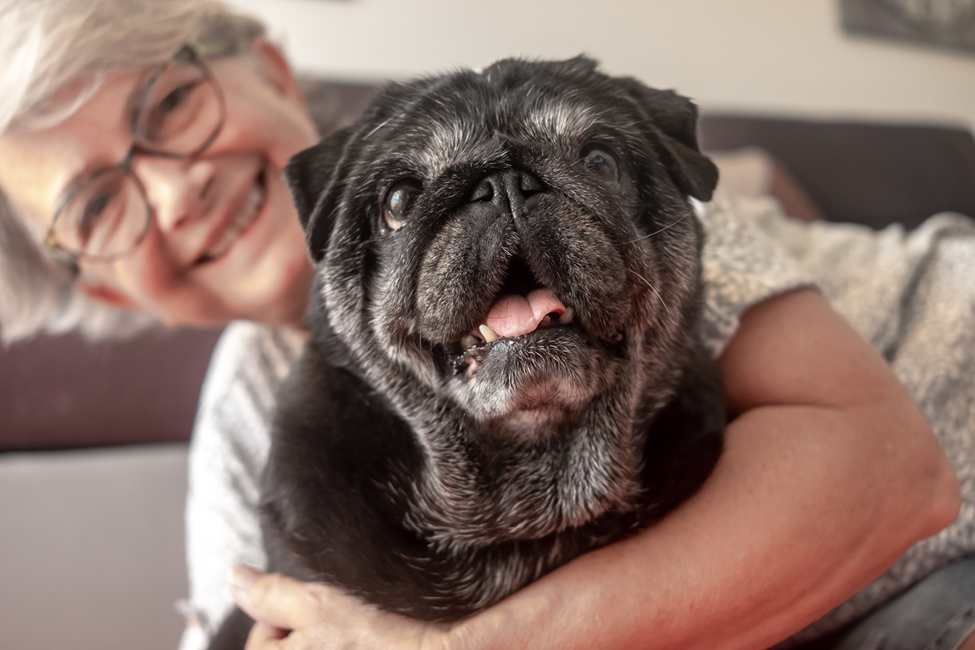
When preparing your home for a senior pet, it's essential to consider the challenges that can arise with age. For instance, if your floors are hardwood or tile, it might be necessary to cover them with something that provides your older pet with better support.
As dogs age, their muscle mass tends to decrease, and they may experience a decline in balance and control while walking. This can result in discomfort, especially on slippery surfaces. To help with this, consider using runners or rugs to create a surface where your senior dog can move around without pain.
For senior pets dealing with bladder control issues or showing signs of canine cognitive dysfunction, confining them to a smaller area could be beneficial.
In this designated space, make sure to provide activities and engage them in games or training exercises to keep them physically stimulated. Keeping their minds active through such stimulation is crucial as the adopted dogs age, helping maintain mental sharpness and overall well-being.
Things We Need for Dog Adoption of Different Age
Let's jump right into the dog adoption checklist for your new adopted dog:
-
Crate
Providing your new pet with a designated space, like a crate, is crucial for their sense of security. Furnishing the crate with a comfortable bed, toys, and even old clothes carrying your scent establishes a safe haven for your dog.
This is particularly vital when introducing a puppy that requires crate training, ensuring they are not left to roam freely when you're away from home.
-
Dog bed
Provide your dog with a separate space outside of the crate to relax. Introducing an additional bed in the main areas of your home or bedroom creates an opportunity for your new pup to bond and socialize with the family.
-
Chew toys
Opting for a squeaky plush dog toy recommended by your vet is a smart way to keep your rescue pup engaged. Select a toy that supports dental health and is designed not to break into pieces that could pose a choking hazard.
Steer clear of offering cooked chicken or beef bones, as they tend to splinter and can cause intestinal issues for your dog.
-
Dog toys
Get a mix of dog toys to prepare for your furry friend. Squeaky toys provide sensory stimulation for your dog. In contrast, fetch toys for dogs and tug-of-war toys offer a fantastic opportunity for quality playtime together.
Consider plush toys for your dog's comfort during sleep or stressful moments, ensuring they are specifically designed for dogs and free of any potential choking hazards, such as hard plastic eyes or noses. Interactive toys are another great option to keep your dog entertained in your absence.
-
Collar, leash, and harness
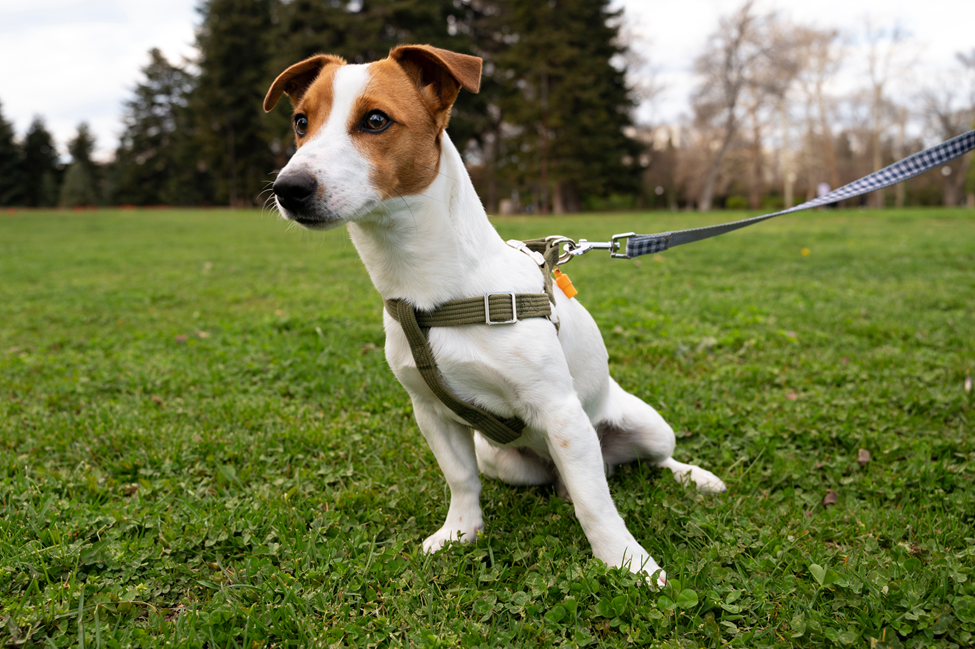
Essential items like a retractable dog leash, collar, and harness are a must for taking your dog on walks. Opt for a harness, especially for smaller dogs, or if you're concerned about strain on your dog's neck with a traditional collar.
-
ID tag
Don't forget about your dog's tags, including your phone number, address, and current vaccine information, if applicable.
Ensure that your dog's collar includes your latest contact details, and consider including their microchip number if you or the rescue organization decides to use one.
-
Water bowls
Ensure you have food and water bowls for your dog. If your furry friend will be spending a lot of time in a gated backyard, consider getting an extra water bowl to keep outside.
-
Dog food
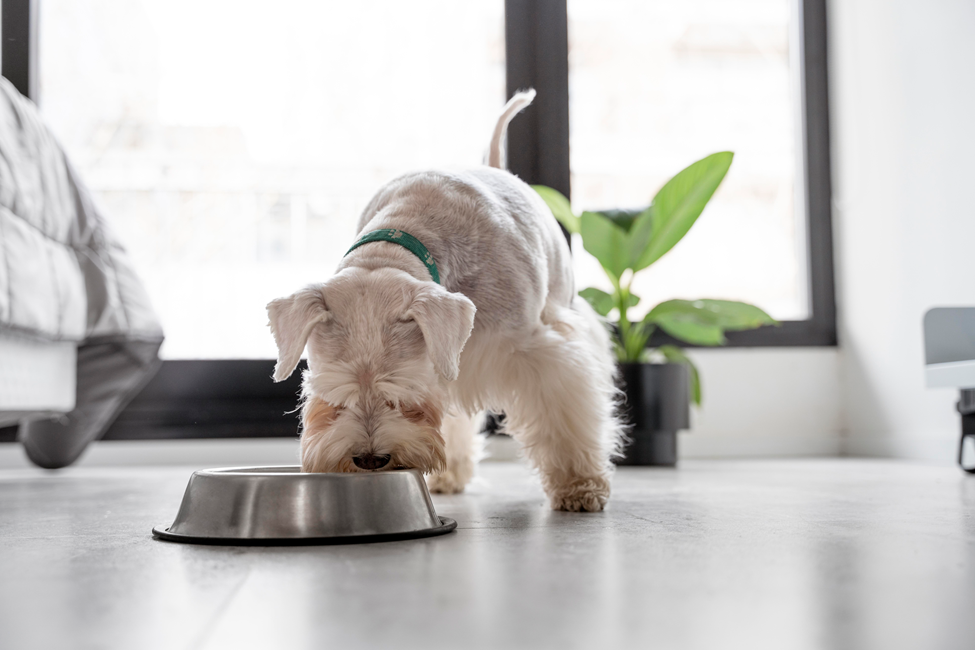
Provide the same food your dog has been eating, mainly if it's provided by the animal shelter. You can choose to continue with that brand or transition gradually.
It's crucial to slowly switch to a new food to accommodate your dog's sensitive digestion and unique position.
-
Dog treats
Dog treats are essential for various situations, like when you're engaged in training sessions, teaching your dog new tricks like sitting, or simply expressing affection.
A dog treat is a positive reinforcement tool, reinforcing good behavior and strengthening the bond between you and your furry friend.
-
Dental necessities
Grab a toothbrush, dog toothpaste, and dental chews for your furry friend. The American Veterinary Medical Association (AVMA) highlights that by age 3, around 80% of dogs and 70% of cats get some form of gum disease. This can lead to serious health issues.
Basic dental care, including using a toothbrush and dog-friendly toothpaste without fluoride and xylitol, as it can be harmful to dogs, along with dental chews, can contribute to improving their oral health and extending their life.
-
Nail clippers
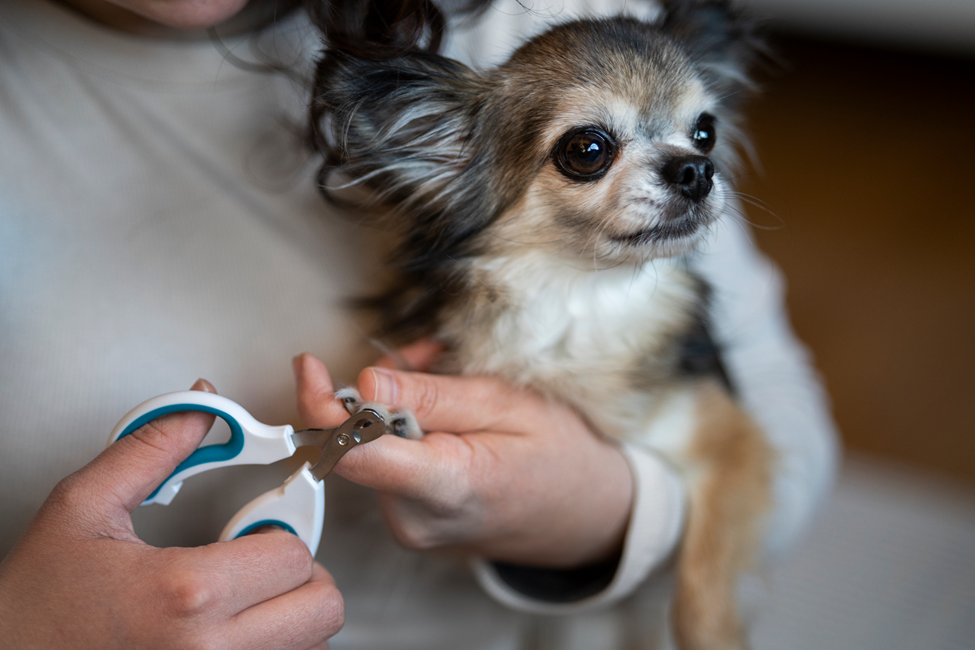
Nail trimmers or clippers are essential tools for maintaining your pet's nail length in a comfortable and safe manner. Regular use of clippers helps ensure that your pet's nails remain at an appropriate length, preventing discomfort or potential injury.
-
Vitamins
While your dog's primary nutrition comes from their diet, some pets may find additional benefits from vitamins and supplements.
For instance, senior pets experiencing joint discomfort could potentially gain relief from supplements containing ingredients such as glucosamine, chondroitin, or omega-3 fish oils.
-
Parasite prevention treatments
Parasite prevention medications for your dog's hair are like special medicines that help keep your furry friend safe from fleas and heartworms that can make them sick. These medications come in different forms, like pills or spot-on treatments.
However, it's important to talk to your vet to find the right prevention plan for your dog based on where you live and your pet's lifestyle. Regular use of these medications helps keep your dog healthy and happy by protecting them from harmful parasites.
-
Poop bags
Carrying poop bags for your dog's waste is not only considerate but also crucial for public health. Leaving your dog's waste on the ground is a rude gesture and poses a potential risk to public well-being.
It's important to responsibly clean up after your dog to maintain a clean and safe environment for everyone. Failing to do so can lead to the spread of diseases and create an unpleasant experience for others.
When choosing poop bags, make sure to get the biodegradable ones so that they don't negatively affect the environment.
-
Ramps or steps
If your senior dog has trouble reaching over to elevated spaces or getting into the car, pet steps or ramps can be really helpful. These are like special stairs or slopes that make it easier for your dog to get on and off the furniture.
Final Words
To sum up, adopting a dog is a great adventure, but it comes with important things to think about. Today, in the Dog Adoption Checklist, you will find all the essentials you need to welcome a newly adopted dog.
Remember, bringing a dog into your life is not just about having a pet; it's about making a lifelong commitment to take care of them and be there for them.
So, use the checklist to make sure everything is set, and enjoy the wonderful journey of having a new, lovable companion in your home!



















